Creating Gorilla Nests
by Scott Dutfield · 18/02/2019
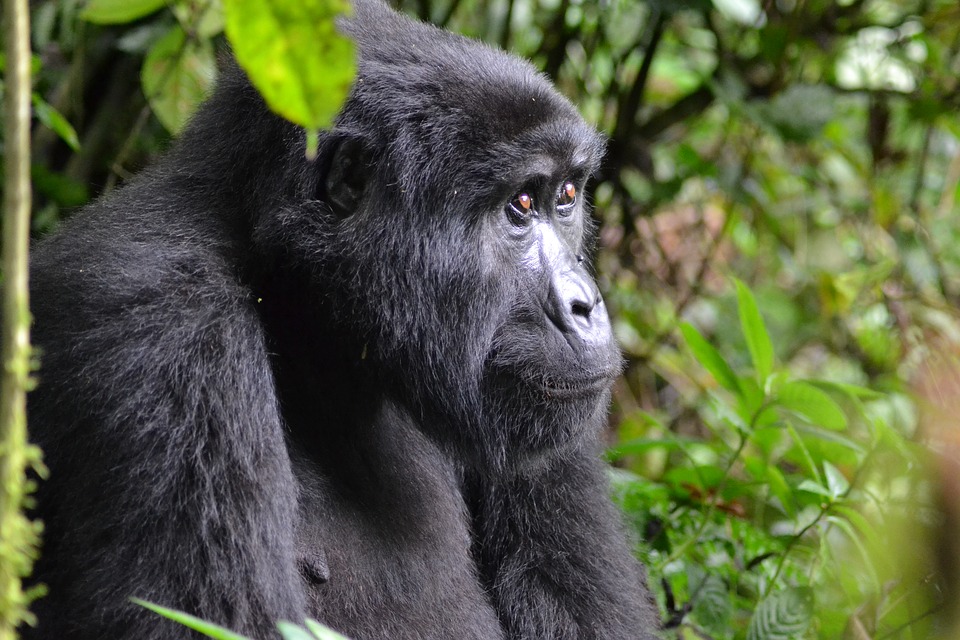
How these great apes create their leafy lodgings
As the king of the apes, gorillas spend their days rambling through the lush tropical rainforests of Africa feasting on the available fruit. Troops of gorillas travel about 400 to 1,000 metres per day, so after a busy day of walking and foraging, these jungle giants need a comfy place to rest their heads. Unlike many of their ape cousins, gorillas tend to nest on the ground – rather than in trees – possibly due to their large body size. These individual nests, constructed from surrounding bushes and plant life such as bracken fern, offer comfort, warmth and protection. Each ape builds their own nest unless females have young to care for, in which case they share. They are not, however, a permanent home for gorillas. Due to their nomadic lifestyles, each nest is only used as a temporary dwelling before the troop moves on to tomorrow’s location. Gorilla nests are also a useful research tool in conservation efforts. As a result of deforestation and human activities, gorilla populations continue to plummet. Researchers can use abandoned sites as a source of information about the elusive gorillas’ population size (from the number of nests), diet (from their droppings) and health (from hair samples). All of this data is vital in the struggle to save them.
Building a gorilla bed
How do these jungle giants create their makeshift mattresses?
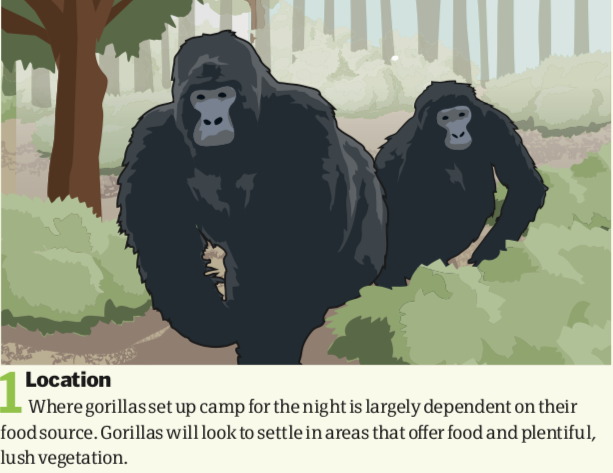
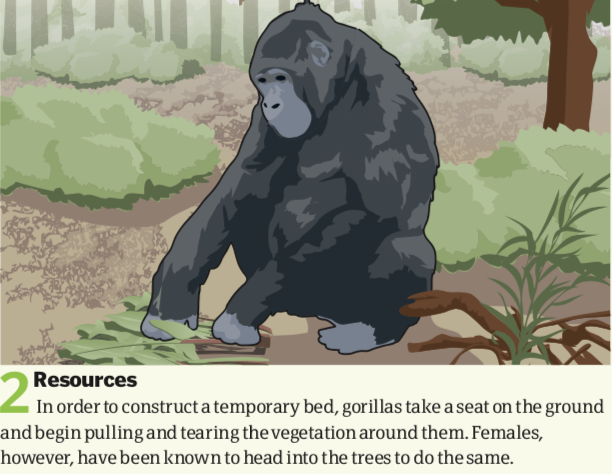
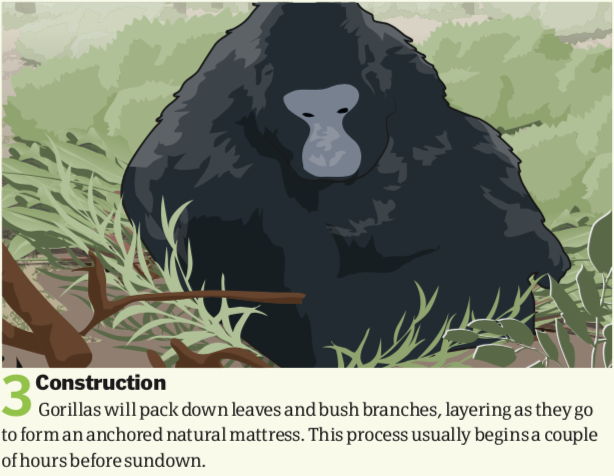
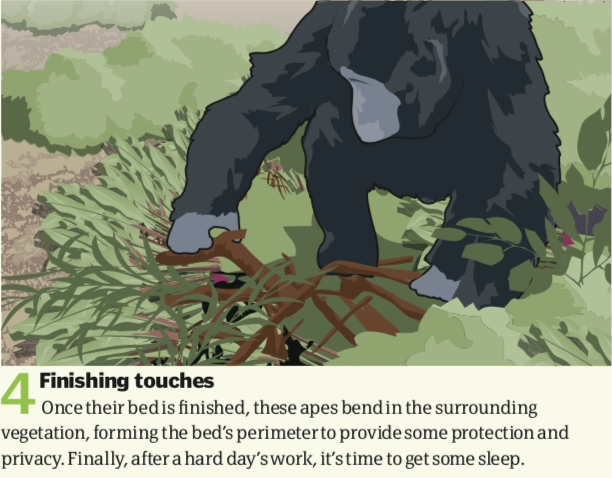
This article was originally published in How It Works issue 115, illustrations by Ed Crooks
For more science and technology articles, pick up the latest copy of How It Works from all good retailers or from our website now. If you have a tablet or smartphone, you can also download the digital version onto your iOS or Android device. To make sure you never miss an issue of How It Works magazine, subscribe today!




